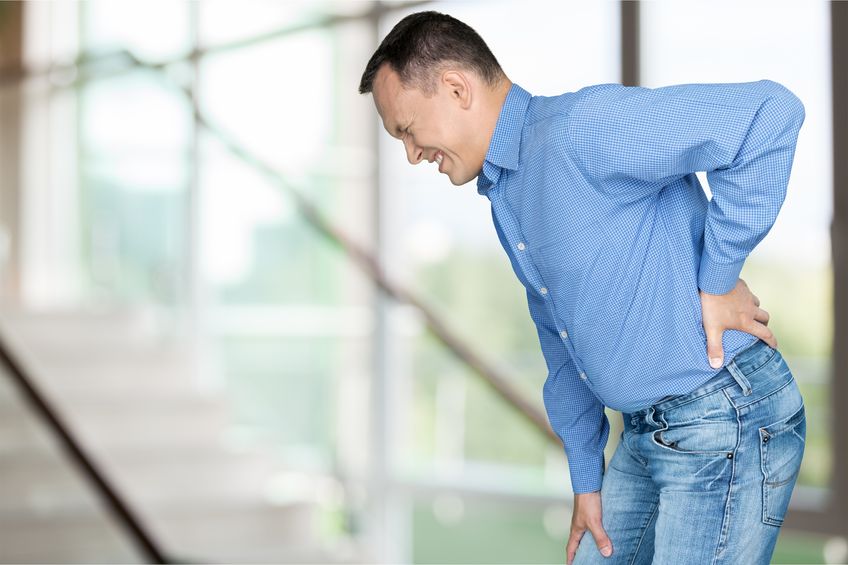
Degenerative Spinal Disease – Spondylolisthesis (Anterolisthesis)
Low back pain with degenerative spine disease (DSD) affects up to 80% of the population at some point in life, it shows an annual prevalence of 15% to 40% and results in disability in 1% to 2% of the population. One of the more common degenerative spinal disease that I have encountered in the clinic is spondylolisthesis.
Spondylolisthesis is an abnormal alignment of bones in the spine and it usually affects the low back. It is defined by a forward slippage of the upper vertebra in conjunction to the vertebra below. Due to this misalignment, nerves that travel out from the canals between each vertebra may be pinched. This can lead to painful and debilitating consequences. Depending on the nerve distribution of the pinched nerve, other parts of the body such as the arms and legs can be affected as well. The slippage is graded on a scale of mild to severe.
There are several causes to spondylolisthesis otherwise known as anterolisthesis such as a sudden blunt force or fracture due to motor vehicle accidents or falls. Anterolisthesis can also develop over time due to continuous strenuous physical exercise that puts a lot of load on the spine such as body building or power lifting. Aging is also a common cause of anterolisthesis due to the weakening and thinning of cartilage between each vertebra. Several underlying conditions such as arthritis, tumor or weak bones can also result in anterolisthesis.
Symptoms presented is dependent on the amount of slippage and the spinal level of which the slippage occurred.
Individuals diagnosed with spondylolisthesis often experience:
- Difficulty walking or running (especially up and down the stairs)
- Pain in lower back or buttocks
- Pain radiating down the legs
- Weakness in one or both legs
- Tight hamstrings
- Increased inward curve of the spine (lordosis)
There are various causes of spondylolisthesis, some are congenital whereas others are degenerative or due to trauma.
- Birth defect
- Degeneration from overuse or aging
- Arthritis or illness
- Fractures from injury
- Tumors
- Surgery
- Spondylosis
Spondylolisthesis is diagnosed via a patient history and physical examination. The practitioner will order an x-ray to locate the segment of slippage and measure the grade of severity.
Chiropractic treatment can be used as a conservative management to help move the vertebra back to its original position in the early stages (Grade 1&2). Alongside simple exercises to strengthen the surrounding muscles, patient has a good outcome for recovery.
If you have the above symptoms and would like to have an assessment with one of our practitioners, feel free to make an appointment via contact@myhealthworks.com.my or call us at 03- 6211 7533.
